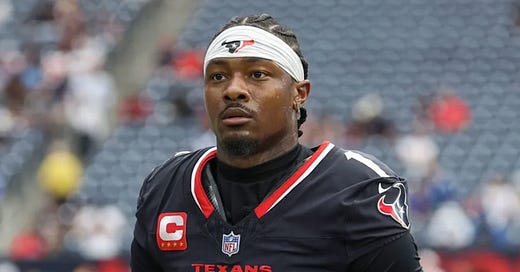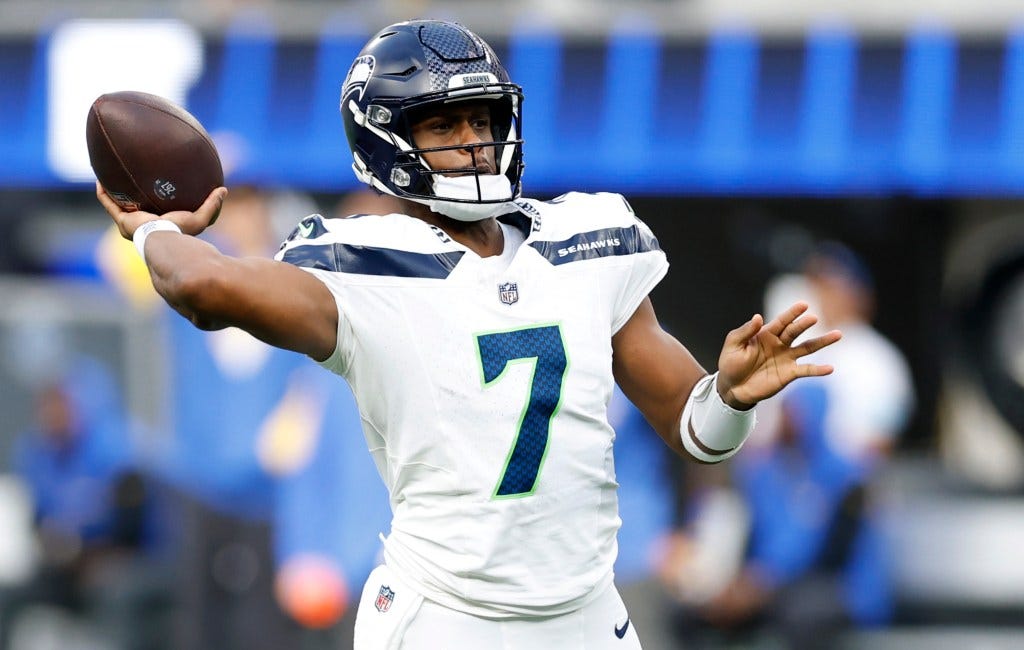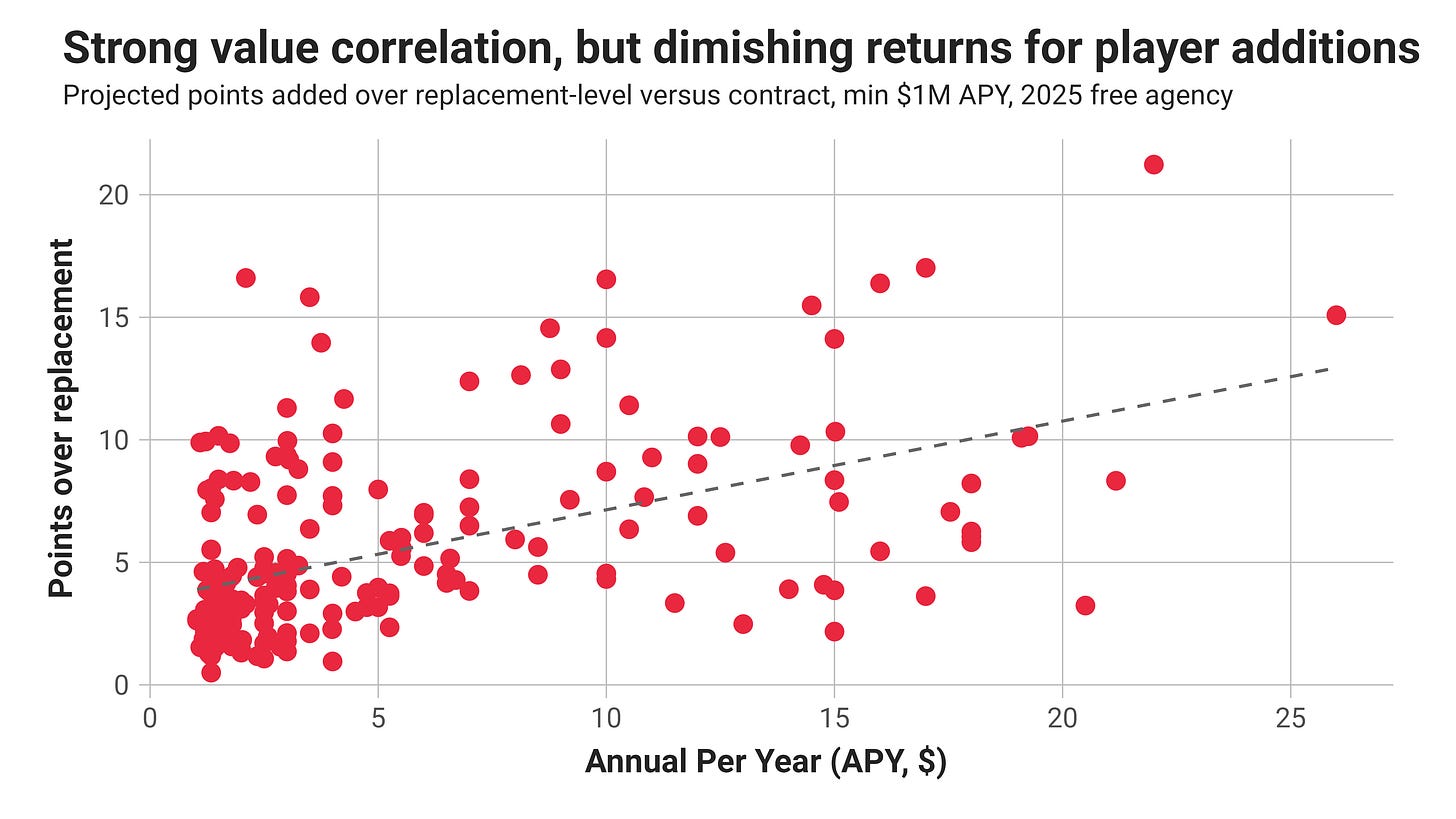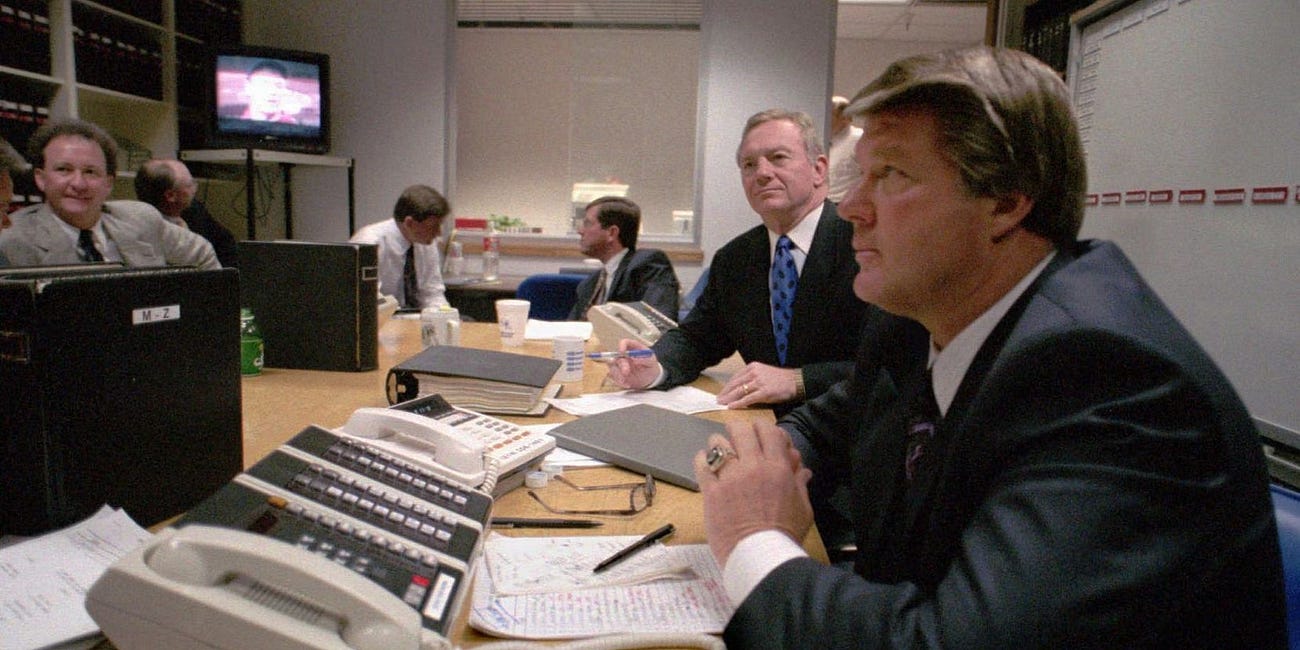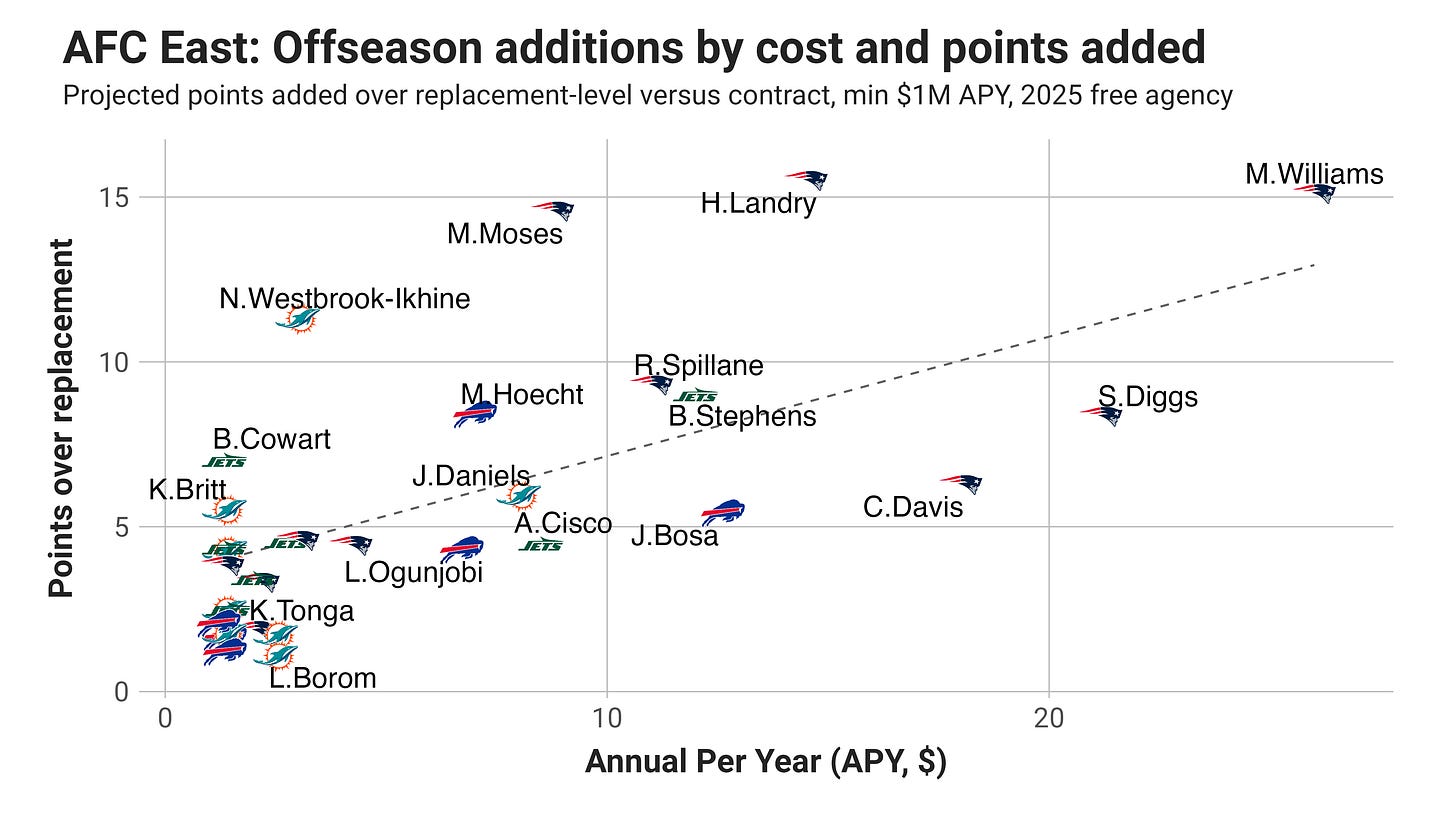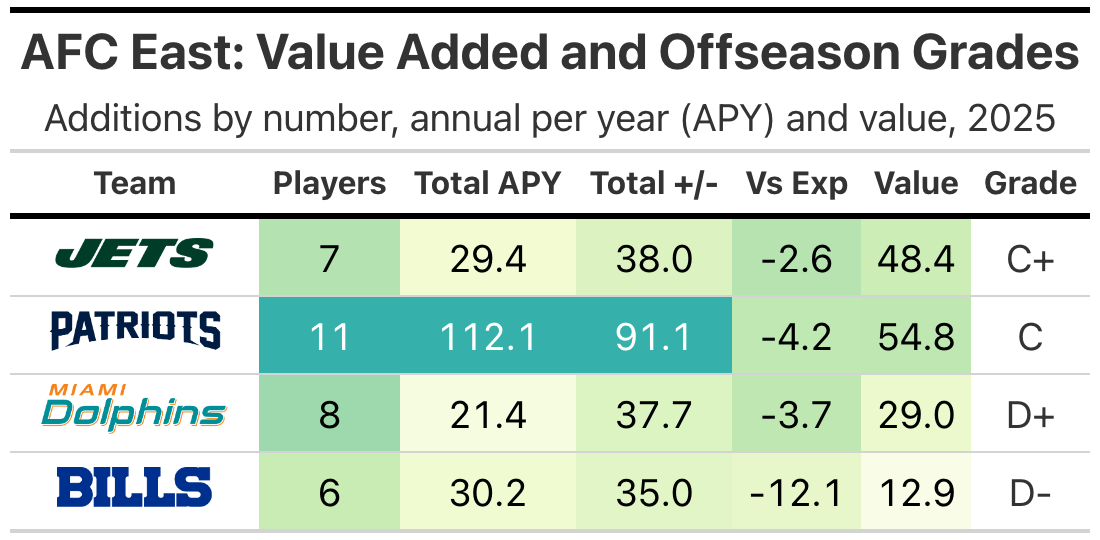Analytical Free Agency Grades: AFC Teams
Projecting acquired player value for 2025 versus expectations based on contract values
Since the league year officially began a few weeks ago, we’ve seen hundreds of releases, free-agent signings and trades that will substantially alter the results of the 2025 NFL season. Even before free agents were officially able to sign new contracts, deals had been informally announced, and a handful of trades had been agreed to in principle.
I’ve been tracking and estimating the collective effect of all of these moves with the Unexpected Points Improvement Index, deriving a points-based measure of gains and losses for every team versus their rosters at the end of the 2024 season.
As of now, the New England Patriots are projected to add the most in point differential this season with substantial spending on high-value free agents. The gains and losses are, obviously, a reflection on the baseline for how good or bad a team was coming into the offseason, and how much free cap space they had to invest. The Kansas City Chiefs and Philadelphia Eagles are near the bottom lost a lot because their 2024 rosters were so good and productive, falling a little from the highest perch.
Just because teams spent a lot, and improved the most off of a lower base projection, it doesn’t mean the spending was done wisely. In fact, the more you have to spend and the more needs you have, the easier it can be to overspend in free agency, the market where contracts have the highest premiums to player production.
In this analysis, beginning with AFC teams, I’m going to look more into how wisely teams spent their free agent dollars the offseason from a cost-benefit standpoint. The cost for each acquisition is the player’s contract APY. I grabbed the contract values from OverTheCap.com.
For this analysis, I’m excluding quarterback additions and trades, but will comment on them in the blurbs for each division.
The benefit side is my projections for value added over replacement level next season for each acquired player. The projections use players’ previous two years usage and production (NFL Plus/Minus metric) to project out the next year. We could project over multiple seasons and adjust for the length of contract, but realistically most free agent signings only have a substantial positive impact for a single season, and most contracts are structured to allow teams to release players after one year.
Grouping together all of the acquired players this offseason, we can see that there is a strong correlation between contract amounts in annual per year (APY) and my projected points over replacement. The slope of the curve is also less than one, meaning there are diminishing returns for each subsequent dollar spent for individual acquisitions. On average, a $5 million APY signing brings around 6 points over replacement, but moving up to $15 million or $20 million APY equates to many fewer than the equivalent points added.
A big part of what makes a good free agent signing isn’t the characteristics of the individual players as much as the dynamics of the market by position. As we found in pre-free agency research, certain offensive and defensive positions have stronger talent available in free agency. Those values align with what I labeled as “Tier 3” positions according to my surplus value draft curves: interior offensive line, linebacker, running back, tight end and safety.
For each AFC division, I’m going to display a plot of every acquired player by APY cost and points over replacement benefit, then aggregate the team totals for those acquisitions by APY spent (Total APY), points over replacement gained (Total +/-), points over/under contract expectation (Vs Exp), the team percentile for points over expectation per dollar spent (Value), and the team’s grade based on a combination of percentiles for total gain/loss and by dollar spent. I divided the percentile spectrum (0-100) to make the grade allocations an even distribution.
Only players with a 2025 APY over at least $1 million are included in the numbers, and a handful of players are missing due to the lack of contract information available at the time this was written.
AFC EAST: BILLS, DOLPHINS, JETS & PATRIOTS
The AFC East division was fairly busy this offseason, especially the New England Patriots. The Patriots were, by far, the biggest free-agency spenders of any team in the NFL this offseason. This includes a number of higher priced additions, with Stefon Diggs and Milton Williams making more than $20 million per season on their new contracts.
In terms of value, my numbers only give the Patriots middling grades, as they slightly underperformed projected value versus expected. They also used a lot of free agent spending on “Tier 1” and “Tier 2” non-quarterback positions, i.e. those that are usually best targeted in the NFL draft (Edge, interior DL and WR).
The rest of the AFC also grades poorly in value, though nowhere near the spending levels of the Patriots.
AFC WEST: CHIEFS, CHARGERS, BRONCOS & RAIDERS
Keep reading with a 7-day free trial
Subscribe to Unexpected Points to keep reading this post and get 7 days of free access to the full post archives.


